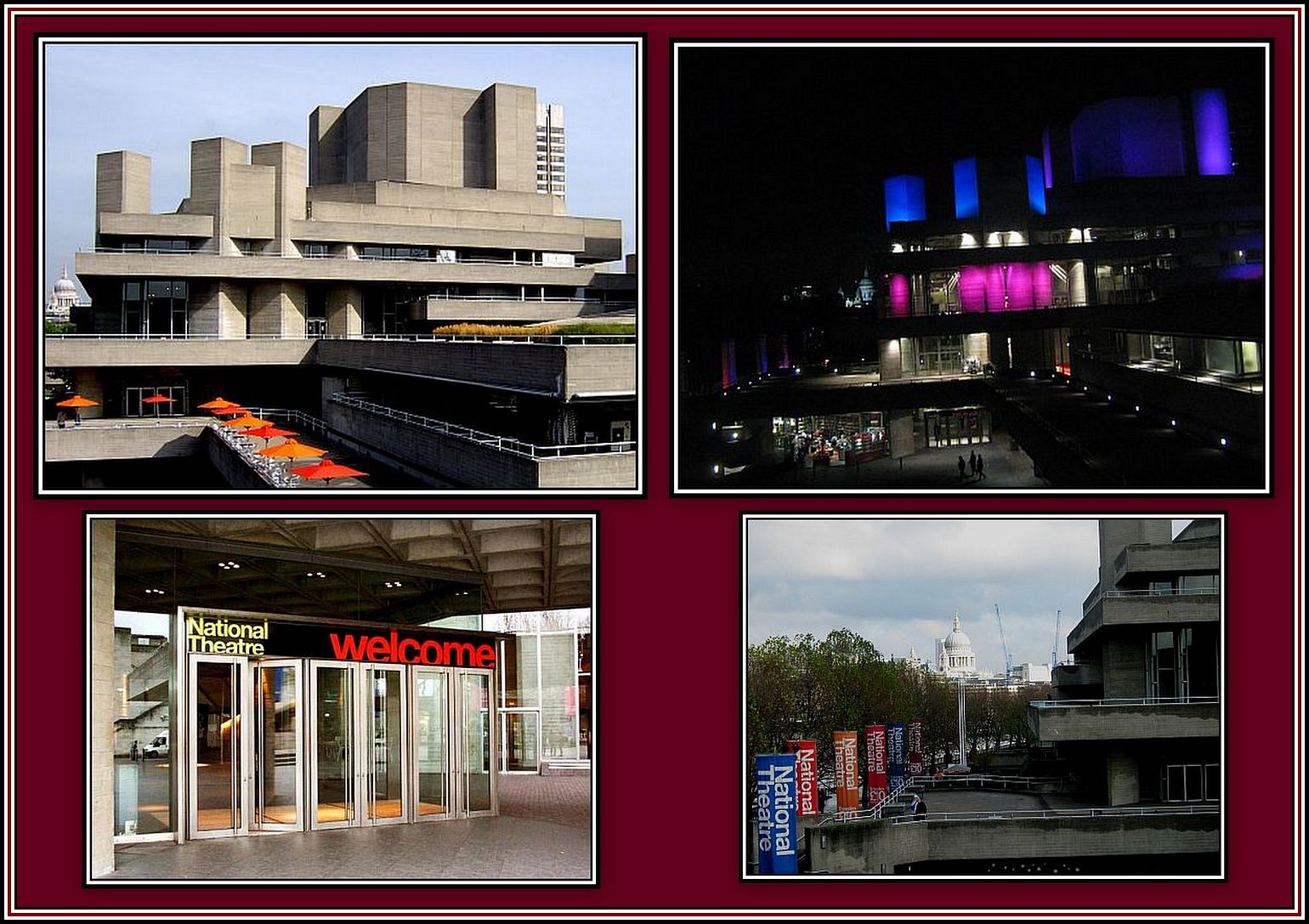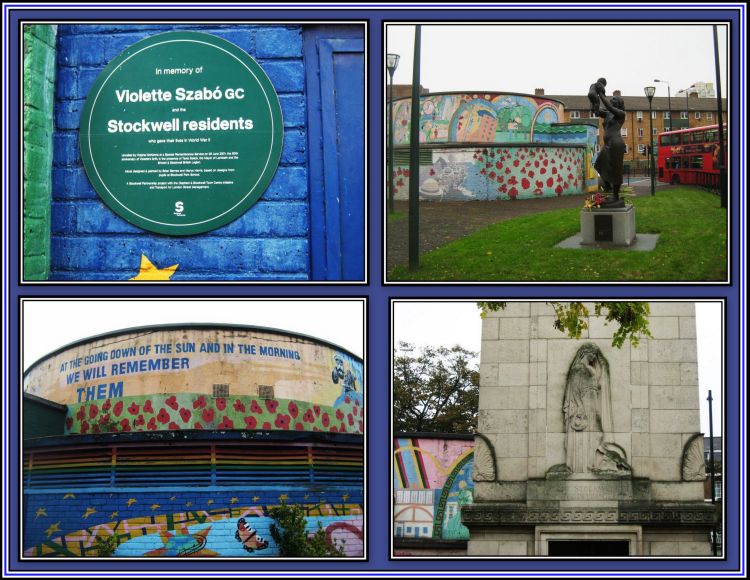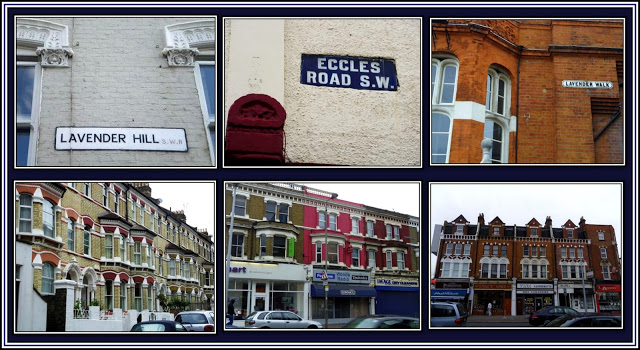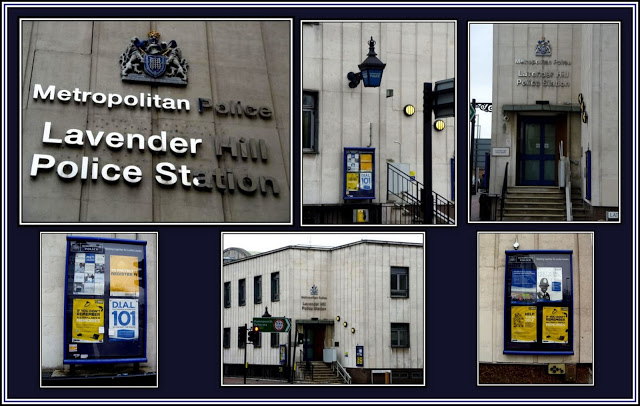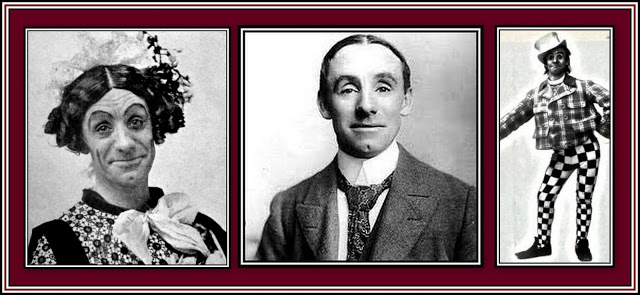THE ODEON ISLEWORTH
DIDN’T THIS BUILDING USED TO BE A CINEMA?
PART SIX: THE ROAD TO RICHMOND …….
DOWN THE HILL & UP THE JUNCTION
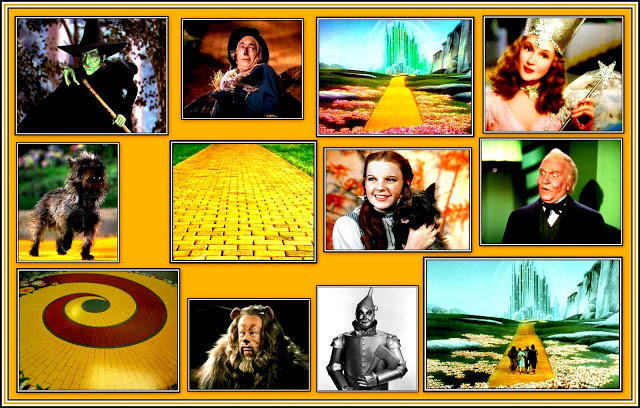 It is better to travel hopefully and well
It is better to travel hopefully and well
It had been many years since I willingly ventured across the river and into what I always conceived as the wastelands of South London! Of course, I did not count the walks across the various bridges or to Southwark Cathedral as going to South London. Neither did I count going to see the new Globe Theatre, the walks along the Embankment, nor going to the Old Vic or to the National Theatre as jolly jaunts into South London. These were mere necessary forays to particular places that were in Official South London. Such forays had a particular purpose and were brief and once fulfilled, allowed me to quickly scamper back across the river.
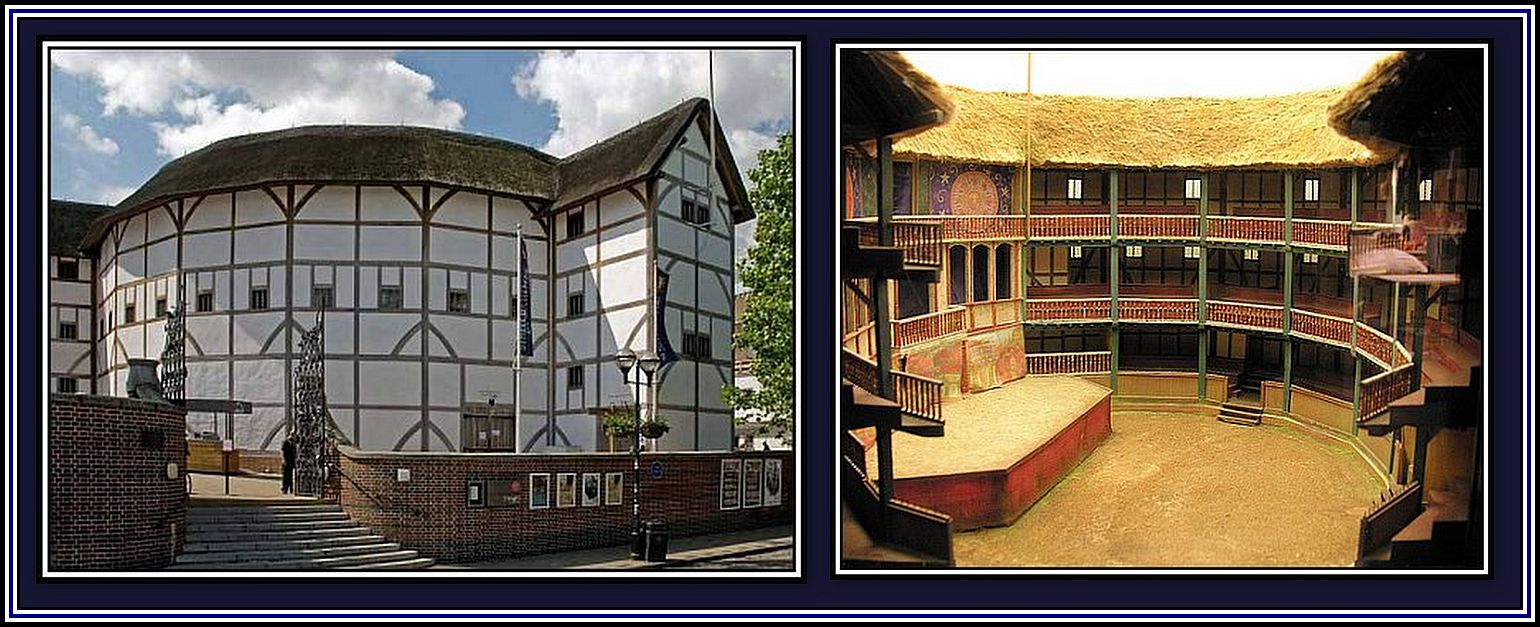 The Rebuilt Globe Theatre close to its original site on the South Bank
The Rebuilt Globe Theatre close to its original site on the South Bank
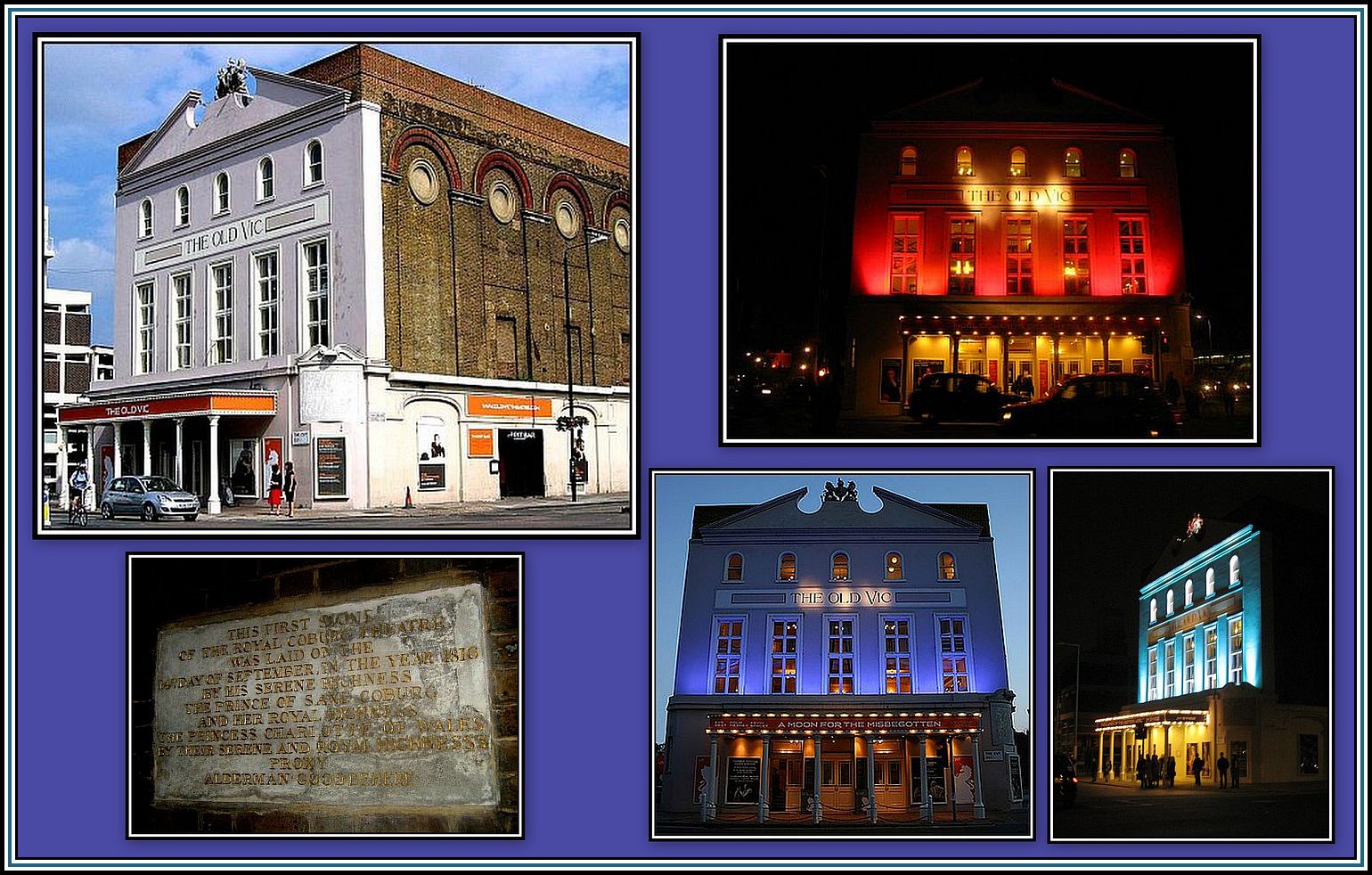 The Old Vic – exterior by day & night
The Old Vic – exterior by day & night
Bottom Left: First stone lain in 1816
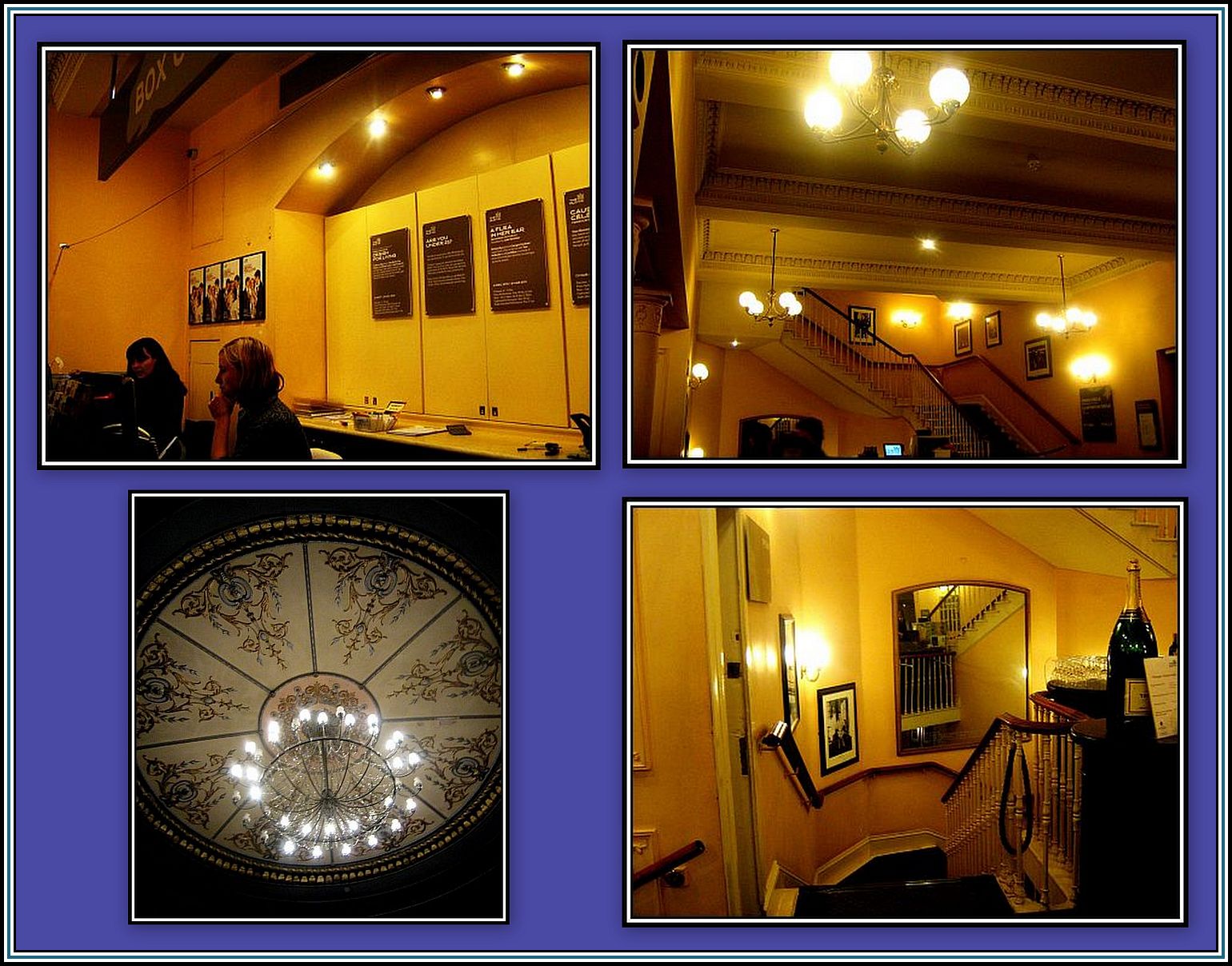 The Old Vic – interior views
The Old Vic – interior views
Top Left: Box Office; Top Right: The foyer & Stairs to The Circles;
Bottom Left: Auditorium ceiling; Bottom Right: Stairs down to lower foyer
I remember when I discovered Muriel Spark’s The Ballard of Peckham Rye and laughing at the character that could not, or would not, cross the River Thames and go over to the North Bank. It amused me to think of myself as someone like the character, only in reverse. Once I got to the end of the book, I quickly dismissed any resemblance between he and I, which will be quite understandable for anyone that has read the book! Anyway, over the years I maintained my distance from South London and paid little attention to anything going on there and ignored it whenever I was forced to travel through it by train or bus.
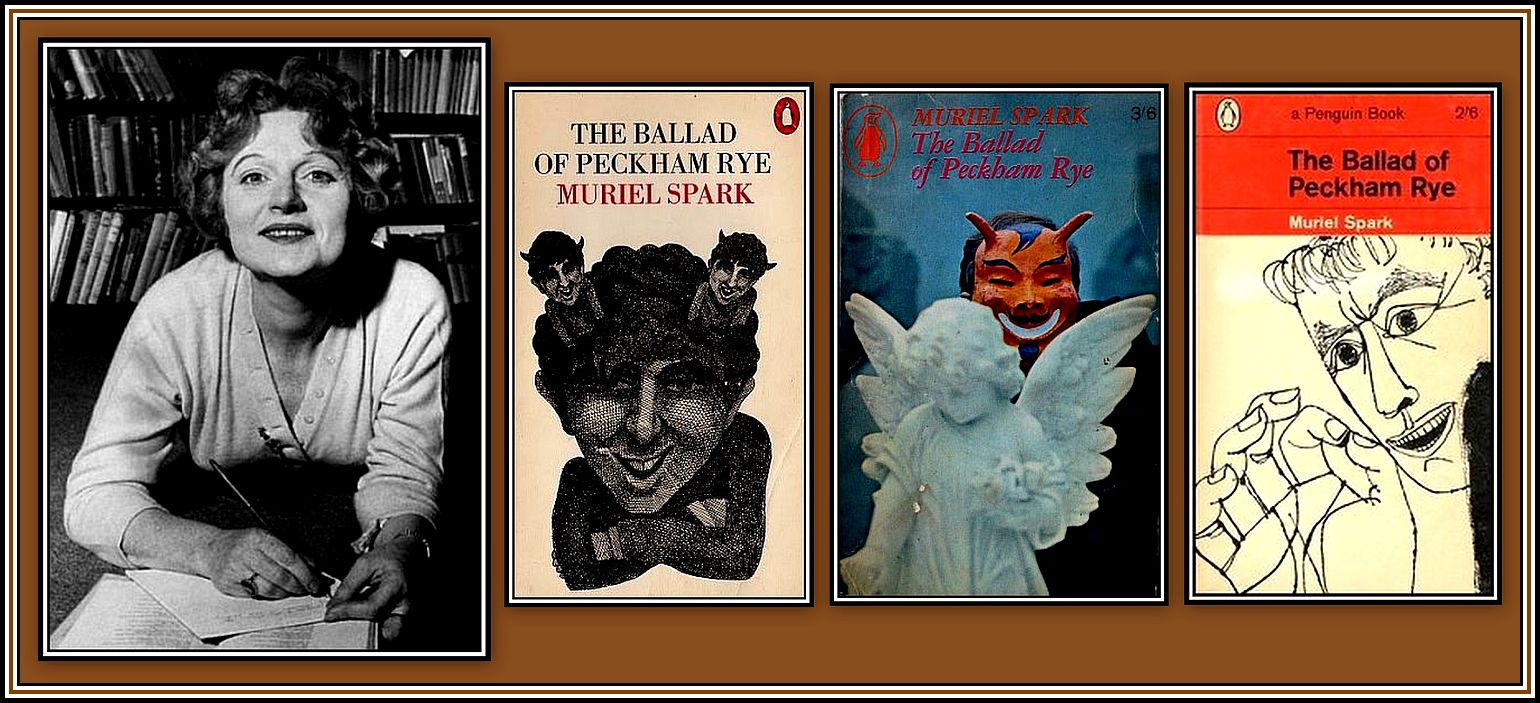 Muriel Spark, author of The Ballard of Peckham Rye
Muriel Spark, author of The Ballard of Peckham Rye
As I have aged, I have perhaps grown more sentimental and have taken to visiting places known to me in my childhood. And so I began to wonder about the places and areas much loved by my father. As I have said a number of times earlier, his part of London was never of interest to me, which I had begun to regret. The result of these twinges of conscience leading to regret caused me to decide that it was time for me to go to South London and to try to discover what it was that he found so pleasing. This led me firstly to Dulwich where my father was born and then to Camberwell and the Elephant & Castle where he spent his younger years. I also went to Lambeth since my father loved The Lambeth Walk and to Peckham, Rye Lane and Brixton. I found each area surprising in that there were lots of things to interest me there.
Having now got over my horror of South London and realising that it was neither a wasteland nor a place without history nor interest, I decided that it would be interesting to go and venture further into this erstwhile no-man’s-land.
——oooOOOooo—–
THE HILL WHERE LAVENDER ONCE GREW
I had discovered during my preparation before writing the series of stories, Carve Her Name With Pride, that there was a memorial to Violette Szabo in Stockwell. Naturally I had to visit it and from here I began to uncover other gems previously ignored in South London. And so I began to travel hopefully in the hope of arriving at something splendid ……….. and I did!
I went to Stockwell to visit the memorial to Violette Szabo (see Carve Her Name with Pride at East End Memories) on the Saturday morning before Remembrance Sunday and spent sometime looking and photographing it.
Once I finished exploring the memorial and the area, I found myself on Wandsworth Road where I noticed a bus traveling towards Clapham Junction. As I said, I had only been there once before, and that was over thirty years earlier and had been markedly fleeting. I thought that it might be interesting to go there now and actually explore the area this time. Not being familiar with the geography of South London, it was only when the voice of the bus indicator informed us that the next stop was to be Lavender Hill that my ears pricked up. The words Lavender Hill shook me out of the dream world I had slipped into as the bus dashed through the streets of South London. I remembered the film, The Lavender Hill Mob, and my wish made many years earlier to come and see this place. I got off the bus and there I was, standing at the top of Lavender Hill!
 Where lavender once grew on the hillside ………..
Where lavender once grew on the hillside ………..
I remember thinking to myself, Wow! Now I appreciate that Lavender Hill is not the Grand Canyon or some other great scenic site of beauty, but nonetheless I could not but be impressed and felt a certain excitement at actually being here, at last!
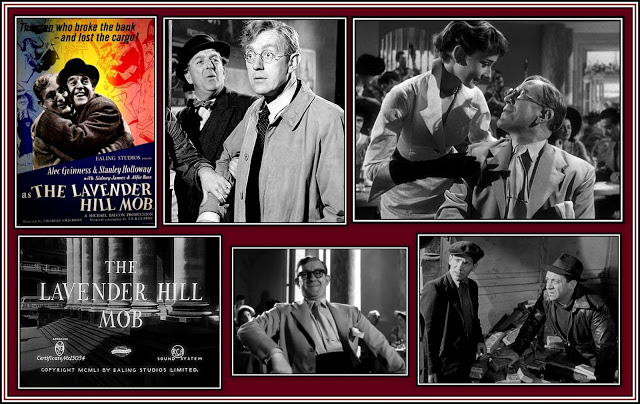 The Lavender Hill Mob
The Lavender Hill Mob
The film starred Alec Guiness and Stanley Holloway (Top Middle) with Alfie Bass and Sidney James (Bottom Right) and was one of Audrey Hepburn’s first films (Top Right)
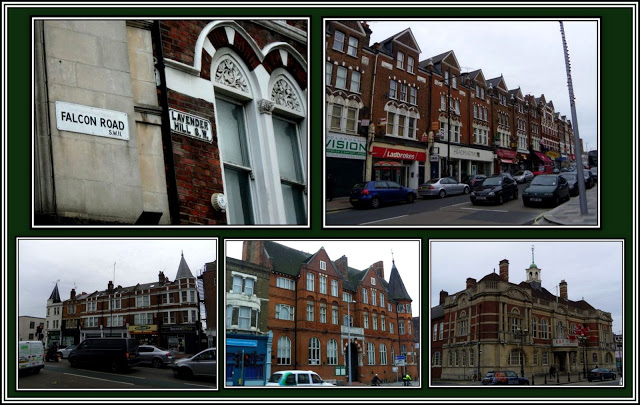 Lavender Hill, Battersea, S.W.11
Lavender Hill, Battersea, S.W.11
Lavender Hill is a long rolling hill that eases its way down into Clapham Junction. Although the houses and shops that line the Hill were in reasonable condition, it was easy to see that they had seen better days. Obviously the area had once been populated by a reasonably well-positioned working group of people, such as the main character in The Lavender Hill Mob, who tottered on the edge of middle class.
Today, although still a pleasant looking area, it is perhaps less well-to-do. As I walked down the hill, I noticed a pie shop that had recently closed – perhaps another victim of the recession!
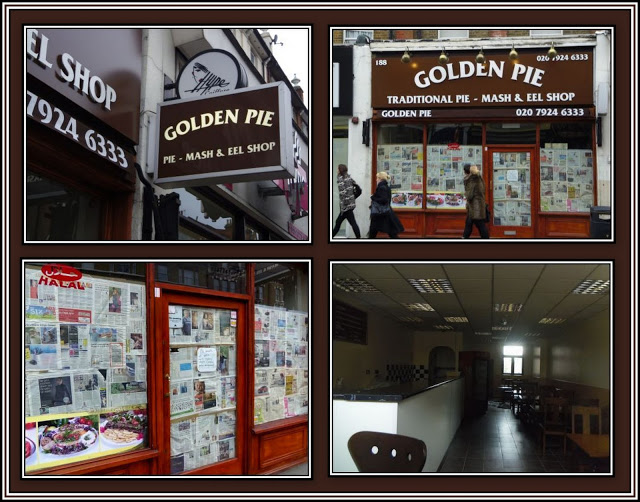 Golden Pie Shop, Lavender Hill
Golden Pie Shop, Lavender Hill
The Lavender Hill Police Station was almost at the bottom of the hill. Since this building was relatively new, it obviously was not the one used in the film, which was a little disappointing. However I realise the need to remember that the film was made some fifty years earlier and evidently the old station was no longer suitable for housing modern criminals.
Once I got back home following my trip, one of the first things I did was to buy my own copy of The Lavender Hill Mob. When it arrived I immediately settled into my favourite chair and watched it. The film proved not to be a disappointment and I found it highly amusing.
——oooOOOooo——
UP AND AT THE JUNCTION
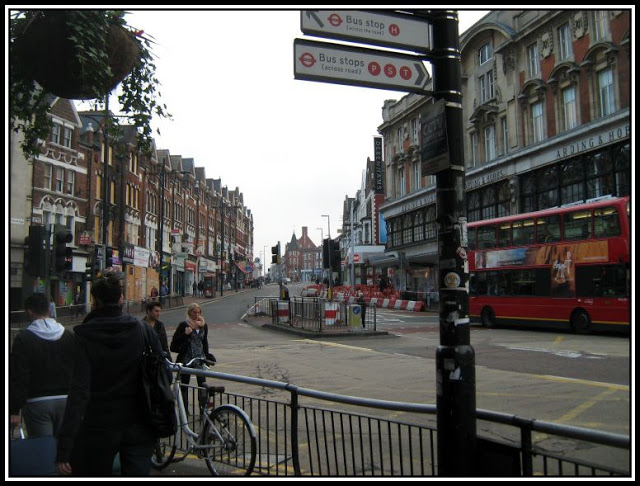 Clapham Junction – looking north towards Lavender Hill
Clapham Junction – looking north towards Lavender Hill
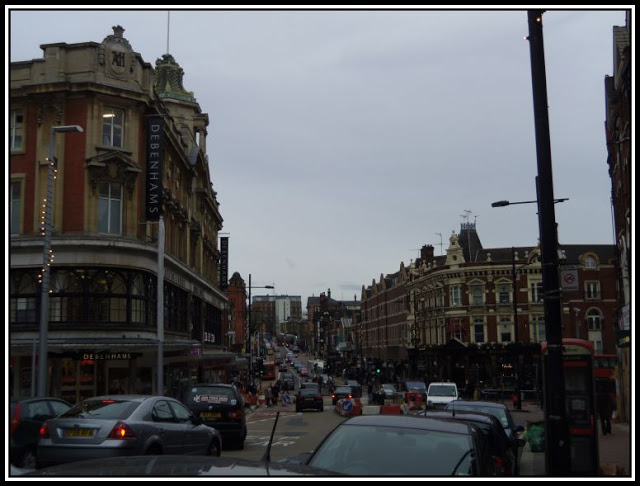 Clapham Junction – looking south towards St. John’s Hill
Clapham Junction – looking south towards St. John’s Hill
I continued down the remainder of the Hill and came to the Junction. It was a lot tidier than it had been during my first visit. The large department stores and landmark, Arding & Hobbs, still stood in its prominent position on one of the corners of the Junction. However, although open for business it now formed part of the Debenham’s chain of stores. As a result, the stores no longer displayed a unique quality, which was shared by a number of stores once present throughout London’s suburbs, and which made them much more attractive to visit.
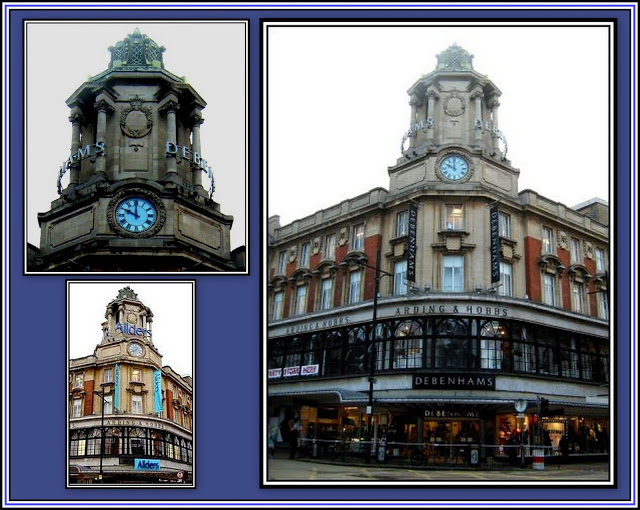
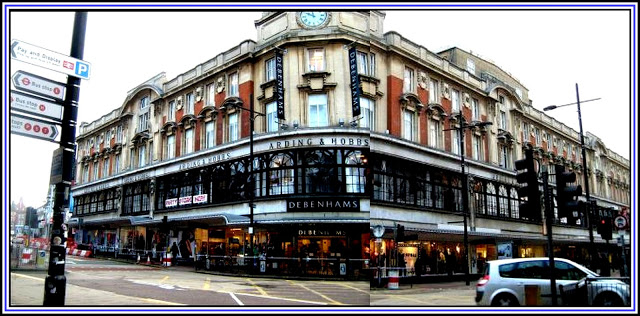
 The Arding & Hobbs Building at Clapham Junction
The Arding & Hobbs Building at Clapham Junction
The store was built in 1885 and the capula was added later in 1909 following a fire in the building
 The Falcon Public House at Clapham Common
The Falcon Public House at Clapham Common
 The Former Francis & Son Building at Clapham Junction
The Former Francis & Son Building at Clapham Junction
Clapham Junction, like the Elephant & Castle and many other large intersections around London, was once rich in theatres, cinemas and other establishments where people were able to find entertainment. Just beyond the Junction on St. John’s Hill is The Grand or to give it its full name, The New Grand Theatre of Varieties. New was added to the name so as not to confuse it with the Grand Theatre of Varieties once present further down the road. The theatre has a long and interesting history where it has been used for a variety of entertainment purposes. Despite its history, it has apparently remained remarkable unchanged.

The Grand or to give it its full name, The New Grand Theatre of Varieties. New was added to the name so as not to confuse it with the Grand Theatre of Varieties once present further down the road. The theatre has a long and interesting history where it has been used for a variety of entertainment purposes. Despite its history, it has apparently remained remarkable unchanged.
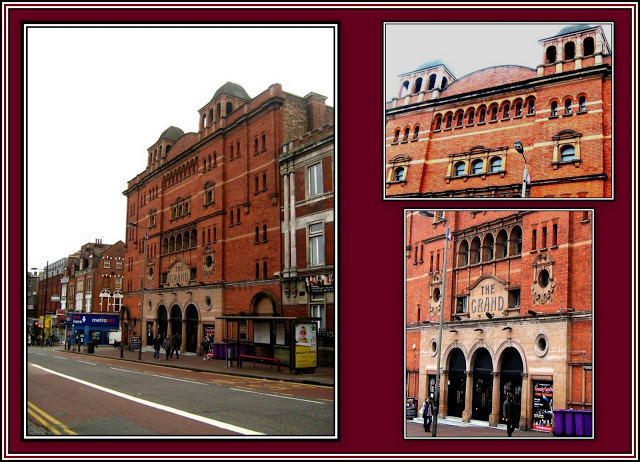 The Grand Theatre, 2011, now a night club
The Grand Theatre, 2011, now a night club
The theatre was designed by E.A. Woodrow and built by Gray Hill of Coventry for the Music Hall entertainer, Dan Leno and his associates and opened in November 1900. The theatre had a capacity of 3,000 and its façade is of red stone and brick and fashioned in a Renaissance style.
In 1901, the Grand began to show films along with stage shows however in 1931 the theatre was converted into a full-time cinema. In 1950, it became part of the Essoldo Cinema Chain, but closed in 1963 and reopened as an Essoldo Bingo Club, which later became the Vogue Bingo Club under the management of Classic Cinemas. It was under the ownership of this company that a false ceiling was introduced stretching from the gallery and other upper areas thereby cutting them off from the main auditorium. Between 1972 and 1979, the building was run by Mecca Bingo after which it remained empty until 1989. In 1978, still owned by Mecca Bingo, the Grand became a designated Grade II Listed building by English Heritage.
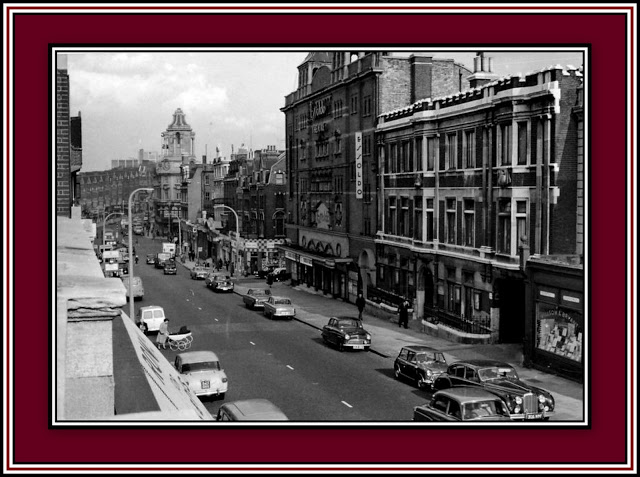 The Grand Theatre as an Essoldo cinema
The Grand Theatre as an Essoldo cinema
showing St. John’s Hill rolling down to the Junction with
Arding & Hobbs and Lavender Hill in the distance
The Grand was next purchased by the Mean Fiddler Group who planned to open it as a music venue, but were not able to open it until 1991, as a result of difficulties in obtaining a licence to sell alcoholic beverages on the premises. During this time, the building was restored and the false ceiling was removed. In 1997, the building was purchased by the J.D. Wetherspoon PLC who applied to convert the theatre into a public house. The company was refused a licence following an enquiry since the Theatres Trust, along with English Heritage and the Wandsworth Council, decided that the quality of the interior would suffer were the theatre converted into a public house. Eventually, J.D. Wetherspoon PLC sold the building to its current owners, the Po Na Na Group, who in 2005 converted the theatre into a nightclub.
After walking up and down Lavender and St. John’s Hill and exploring the Junction, I noticed a bus, 337, that went to Richmond. At the time, I did not know Richmond at all. I had only been there once before and that was at night and I had seen very little of the place. I caught the next 337 that came along and soon found myself travelling hopefully and going on a ride that took me through a number of areas of London that I had heard of but had never visited en route to Richmond.
The journey was to be memorable since it not only proved to be interesting and surprising, but above all, it also proved to be highly amusing!
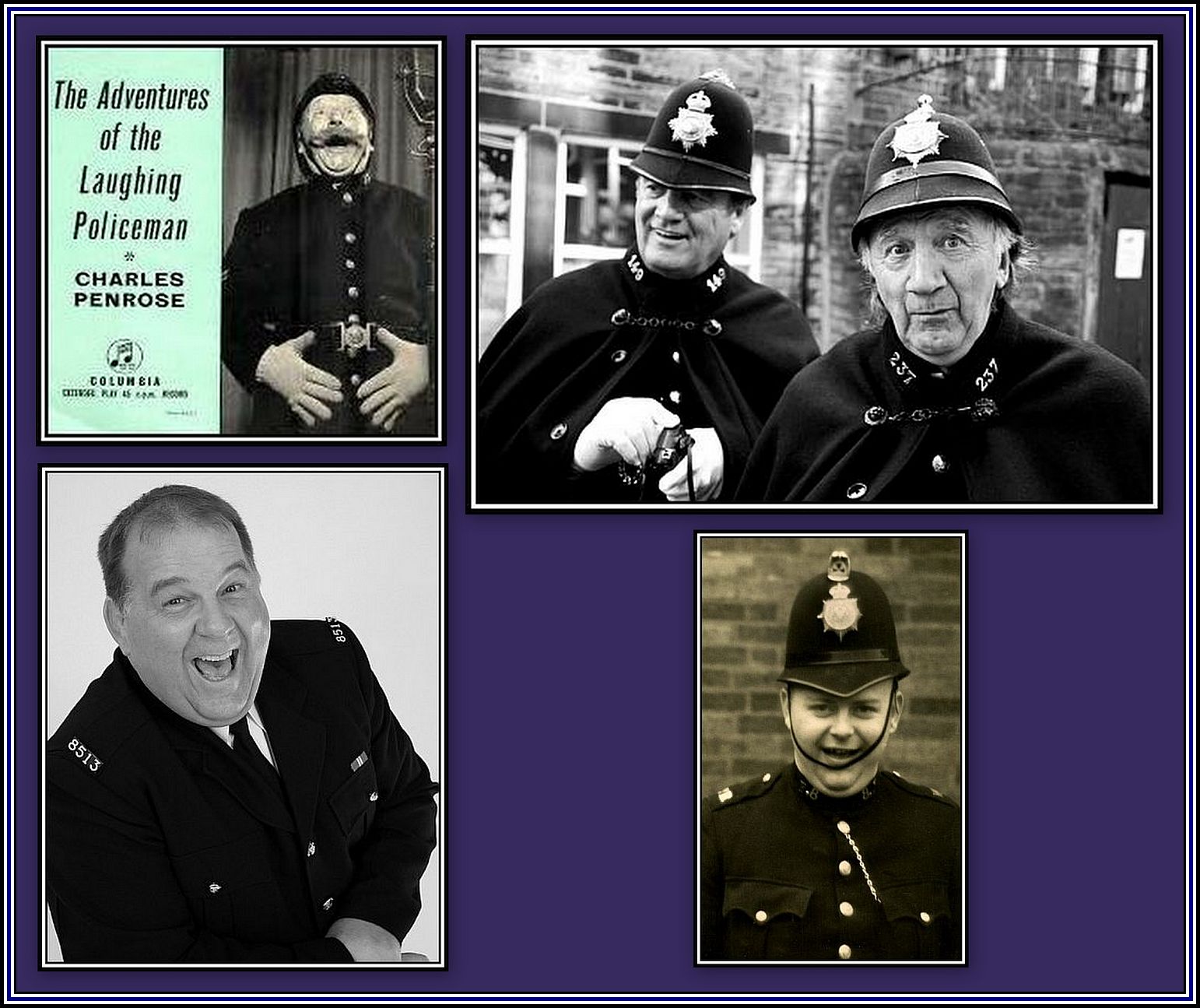 Laughing Policemen – click here to hear Charles Penrose sing his Musical Hall piece
Laughing Policemen – click here to hear Charles Penrose sing his Musical Hall piece
——oooOOOooo——
Click here to go to
PART SEVEN: THE ROAD TO RICHMOND – MAKING DISCOVERIES
——oooOOOooo——
Click here to return to
PART FIVE: THE ROAD TO RICHMOND – CROSSING THE RIVER
——oooOOOooo——
Click here to return to THE ODEON ISLEWORTH Home Page
——oooOOOooo——
Click here to return to the TABLE OF CONTENTS
——oooOOOooo——

